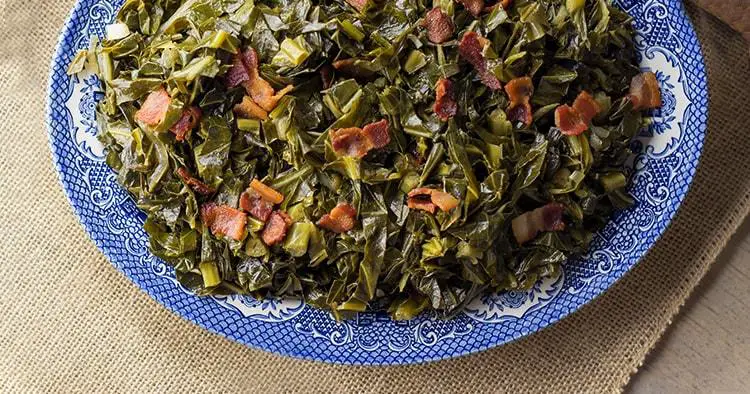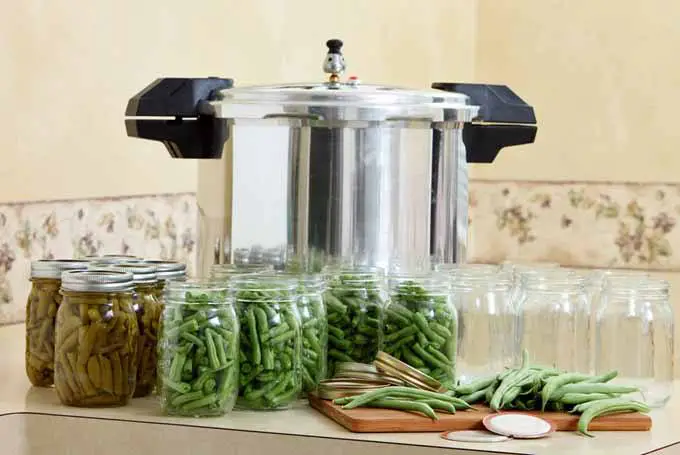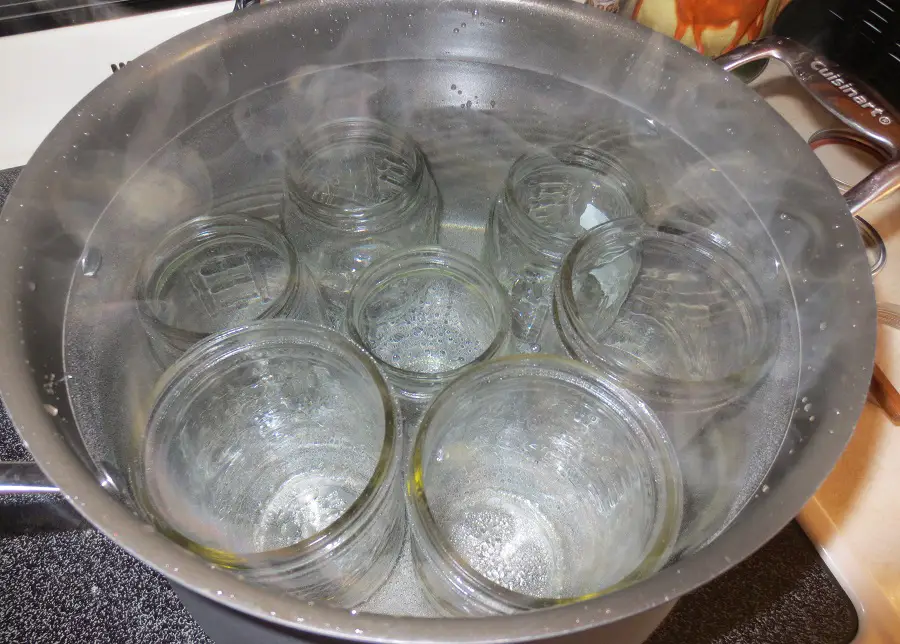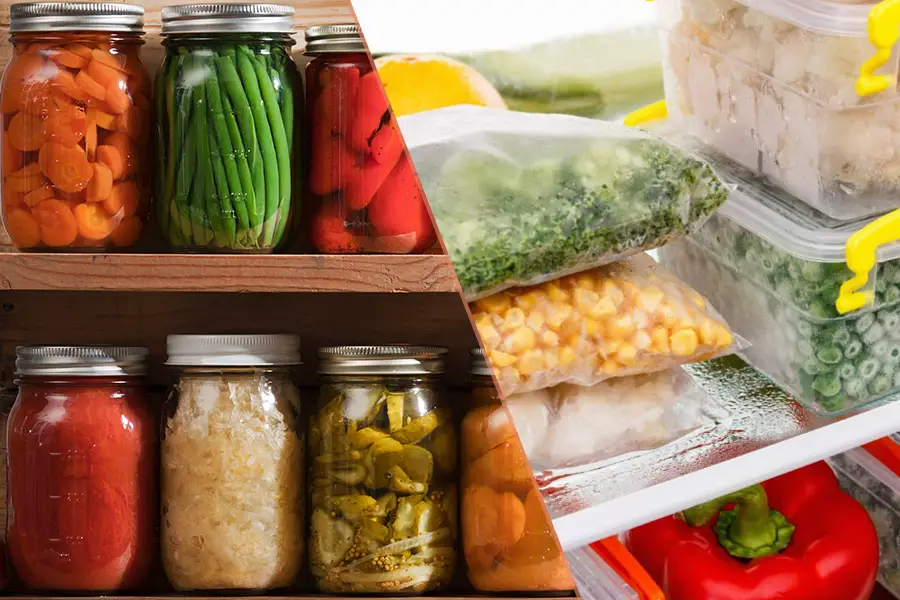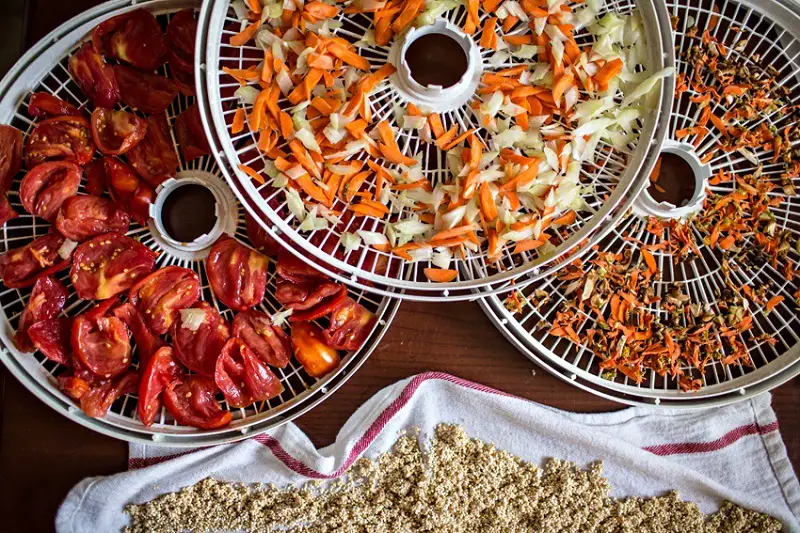Sautéed or wilted greens are a traditional southern dish that is delicious and nutritious at the same time. Made with bacon, onions, garlic and olive oil, they are a great way to enjoy kale, collard greens, mustard greens, and chard. Because of their benefits, why not enjoy healthy leaves all winter long by pressure canning greens?
Table of Contents
Different Types of Greens
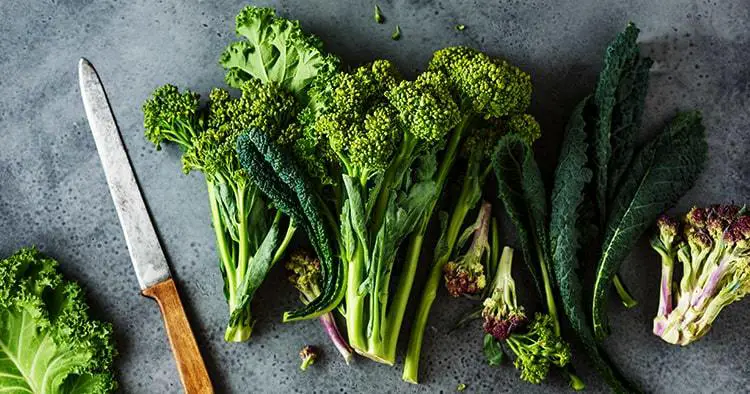
When it comes to pressure canning greens, you have a lot of different varieties of greens to choose from. If you grow greens in your garden or frequent farmer’s markets, you may be familiar with these different types. If you haven’t tried them, check with your local grocery store’s produce section to give them a try.
Collard Greens
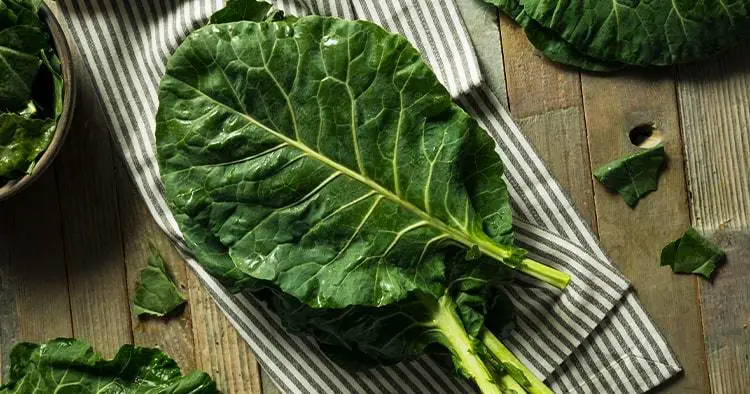
Collard greens are a very popular green in the Southern region of the United States. They are wonderful when sautéed, or sliced thinly and eaten raw in a salad.
Kale
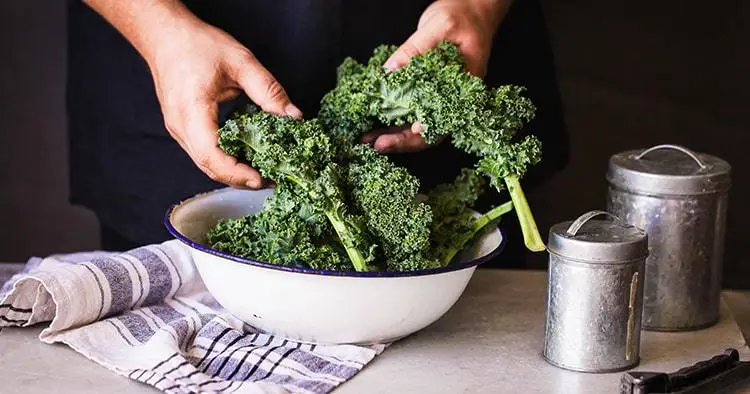
A member of the cabbage family, kale leaves can be curly or flat. They can be green or purple. Because kale is nutrient dense and widely available, more people are discovering kale and adding it to their salads, smoothies, and soup. For snacking, you can find dried kale chips in the store or prepare them yourself.
Mustard Greens
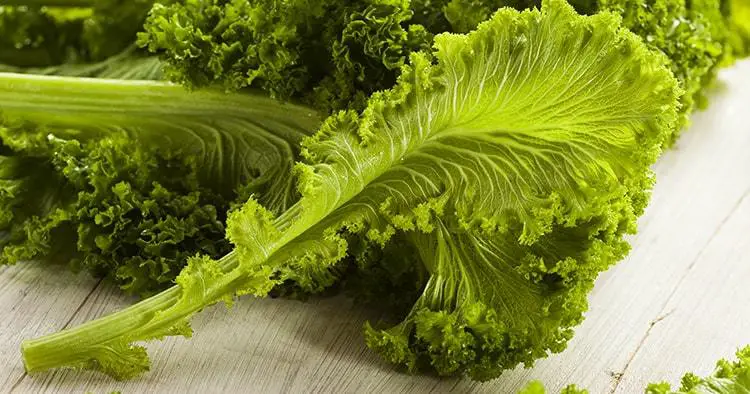
A spicy tasting green when raw, mustard greens develop a milder flavor when cooked.
Chard
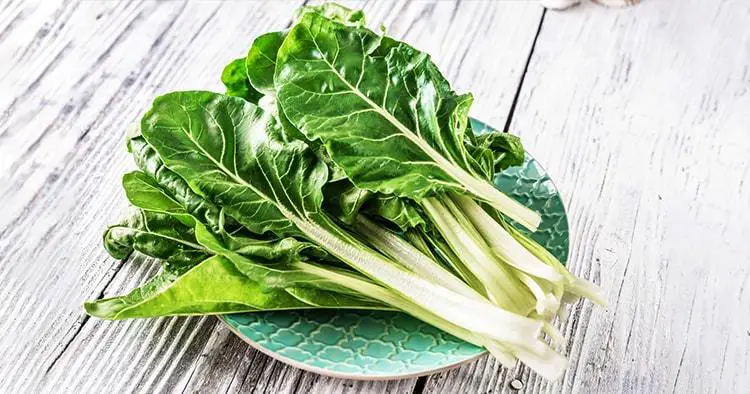
An extremely versatile green, try chard wilted, added to your salad, or mixed into recipes. It comes in a rainbow of colors.
Other Greens
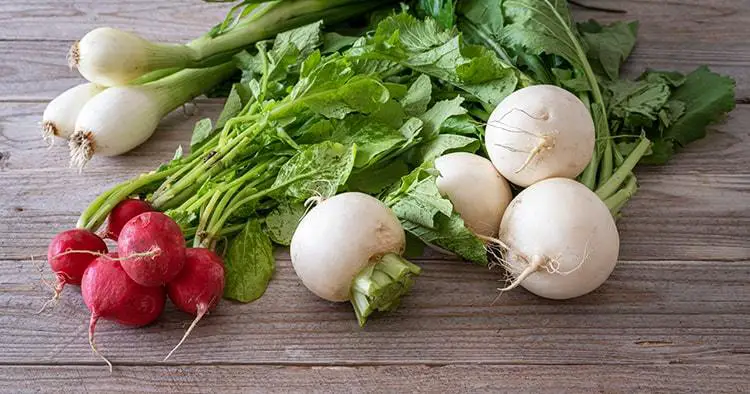
Besides the common greens mentioned above, there are several other greens that are delicious and suitable for canning. Beet tops have an earthy taste and are a great substitute for spinach in recipes. Turnips greens have a peppery taste and cook up quite well.
How Many Greens will I need for Canning?
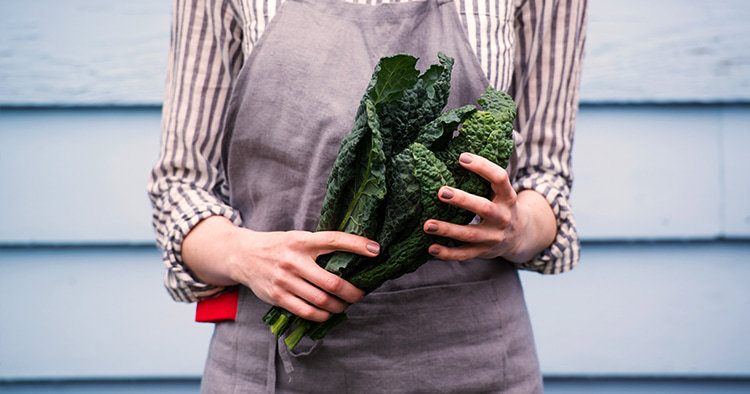
A lot! A whole bushel of greens will shrink down into a small batch when wilted. When pressure canning greens, the general rule is 28 pounds (12.7 kilograms) of cleaned greens (the leaves only) will make 7 quarts of greens. A bushel of greens is about 18 pounds (8.16 kilograms), and that will fill approximately 9 pint jars.
How to Clean Greens
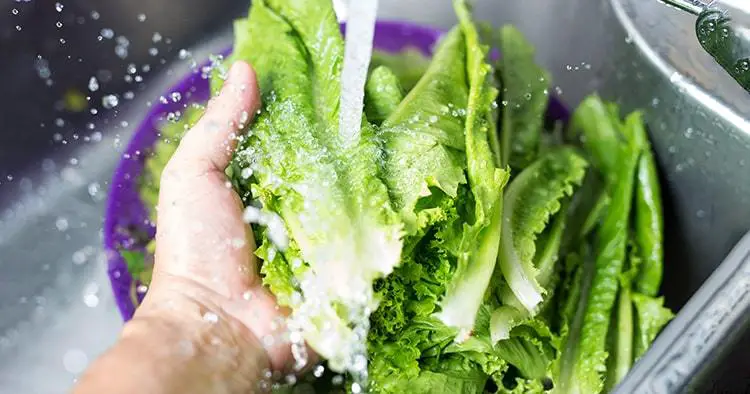
First, remove the leaves from the stems. While the stems are edible, they do not cook at the same rate as the leaves. Most cooks discard the stems when cooking and put them in the compost pile.
Wash the leaves very well in cool water. You will be washing a lot of greens, so we recommend that you wash the greens in small batches, about a pound at a time. Submerse them in a bowl of water and swirl them around, until the dirt and grit will fall to the bottom of the bowl. Repeat this step until the water in your bowl remains clean.
Shake the excess water and set the leaves aside until you are ready to steam or boil the greens.
Preparing the Greens
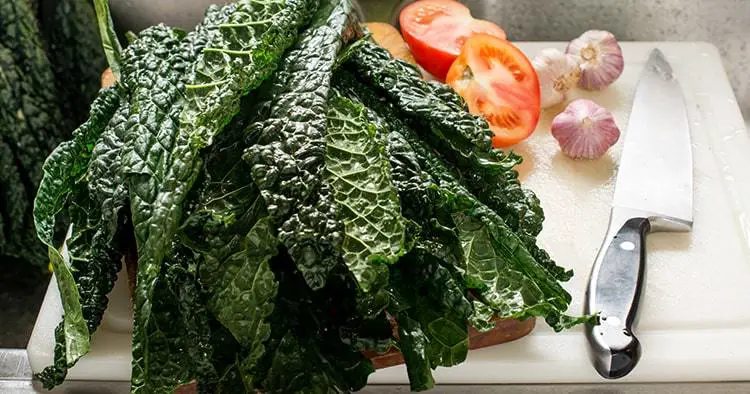
Before pressure canning greens, you need to do some preparation. There are a few ways to prepare the greens for canning. The first method is to steam them. Place a pound (.45 kilograms) of greens in a steamer basket, and steam them for 3 to 5 minutes until they are well wilted (soft in texture and drooping). Set them aside and do the next batch until all greens are complete.
Another method is to place the clean greens in large stockpot. Cover them with water, set it on the stove, and bring it to a simmer. Stir the leaves around until they are wilted. Depending on the size of your stockpot, you can prepare a lot of greens at once.
Pressure Canning Greens
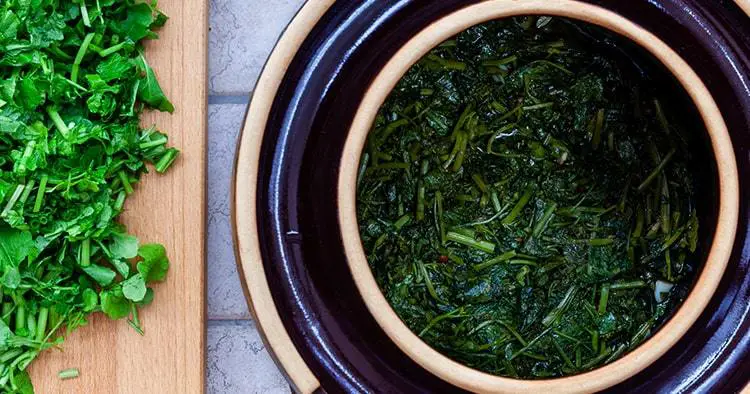
NOTE: If you are new to pressure canning, refer to our comprehensive guide to Pressure Canning. In this guide, you will be introduced to equipment, how to sterilize jars, and how to use a pressure canner. If you need to purchase a pressure canner, check out our pressure canner buying guide. It is a great investment!
Following the instructions in the above guide, sterilize your jars in the oven, or in a pot of boiling water, fill your pressure canner with hot water, and get ready to add your greens to the jars.
Once the greens are wilted, place them in prepared jars, and spoon hot liquid over the top of them. If you steamed the greens, have a pot of boiling water on the stove ready for this process. If you boiled the greens, you can use the liquid from the stockpot. This will retain any nutrients that are naturally leached into the water during the boiling process.
Following the guide mentioned above, remove the air bubbles with a canning bubble popper, wipe the jar tops with a clean towel, add the lids and tighten the screw tops. Place the jars into the pressure canner, put the lid on, and begin the processing. Depending on your type of pressure canner, the canning process might be slightly different with regards to regulating pressure, when to start the timer, etc. Because of this, it is best to follow the instructions that came with your canner.
Start the Timer
As a general rule, process pints for 70 minutes and quarts for 90 minutes. Use 10-11 PSI at sea level and up to 15 PSI at higher altitudes. Refer to your pressure canning manual and the Pressure Canning Altitude Chart for the correct processing time in your area.
Once the processing time is complete and the jars have cooled completely, remove the rings and store the jars in a cool pantry until ready to use.
Recipes using Canned Greens

My favorite way to use fresh or canned greens is a simple sauté with some olive oil, garlic, bacon, salt and pepper.
- Add 2 tablespoons of olive oil to a sauté pan,
- Mince 2 cloves of garlic, toss it in the hot oil, and stir for a minute or two,
- Chop 3-4 slices of bacon into 1/2 inch pieces and add them to the pan. Cook the bacon until it is crisp,
- Once the bacon is crisp and the garlic is soft, add the jar of drained greens,
- Stir until the greens are hot,
- Add salt and pepper to taste,
Other uses for greens include adding them to a frittata or gratin, You can also add them to stir fries or a bowl of hot bean soup.
Conclusion

Sautéed greens any time of year is divine, and to be able to have them in winter is a bonus. Pressure canning greens is easy and it’s wonderful to add all those healthy nutrients to your diet when fresh produce is not available.
We’d love to hear about your experiences pressure canning greens. What is your favorite green and how do you use canned or fresh greens?
